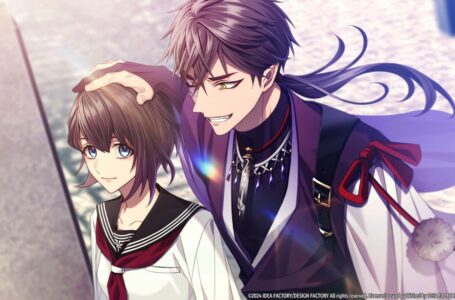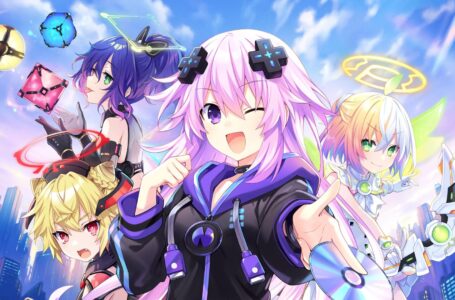Have you played… Death End re;Quest?
With Idea Factory and Compile Heart’s Death End re;Quest 2 now available on Nintendo Switch, it’s worth looking back on the start of this series — because while I must confess I am yet to play Death End re;Quest 2 for myself (despite owning a limited edition of the PS4 version since launch!) I had an absolutely wonderful time with the first game, and firmly believe it to be some of Compile Heart’s finest work to date.
Death End re;Quest is part of Compile Heart’s “Galapagos RPG” project, which is an initiative set up by the studio in 2013 with the intention of developing RPGs that were unabashedly, unapologetically Japanese in style, tone and overall feel. It was a deliberate response to many other Japanese developers altering their way of doing things in an attempt to court a stereotypically “western” audience.
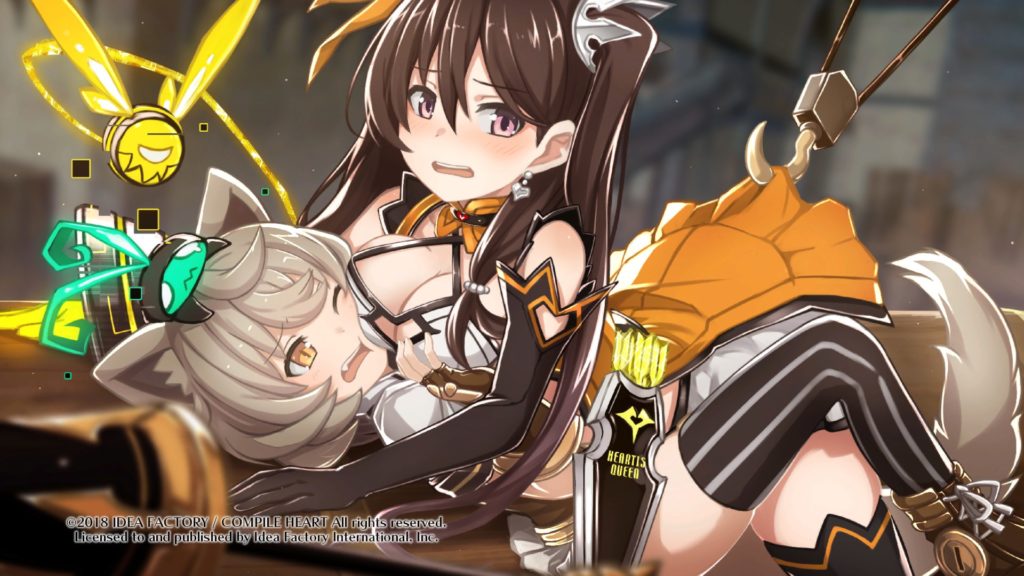
In essence, it was Compile Heart simply committing themselves to doing what they had always done with their other titles such as the Neptunia series: they would be making the games that they wanted to make rather than what the market demanded, safe in the knowledge that doing so would afford them a relatively small but passionately dedicated audience. And it’s been a solid decision for them to date: besides Death End re;Quest, the project has also brought us titles like Fairy Fencer F and Omega Quintet, both of which were well-received by that laser-focused audience, if not by mainstream critics. But who cares about them anyway?
Anyway, Death End re;Quest was part of a suite of three titles that the Galapagos RPG project released in the west throughout 2019. The three games — Death End re;Quest, Dragon Star Varnir and Arc of Alchemist — were not directly related, but were all clearly intended to have a somewhat darker tone than much of Compile Heart’s previous work. While they absolutely had their light-hearted elements, they weren’t intended to be comedies in the same way the Neptunia series is — instead, they represented Compile Heart taking the opportunity to explore some more mature and often quite heavy themes.
In the case of Death End re;Quest, the intention behind the game was to combine a few interesting and disparate elements together: specifically, isekai fantasy, which had already been riding high in popularity for quite a few years by this point; the “trapped in a video game” subtype of isekai, which had been consistently popular since the release of Sword Art Online’s anime adaptation in 2012; and classic Japanese-style horror, with a particular emphasis on the exploration of urban legends.
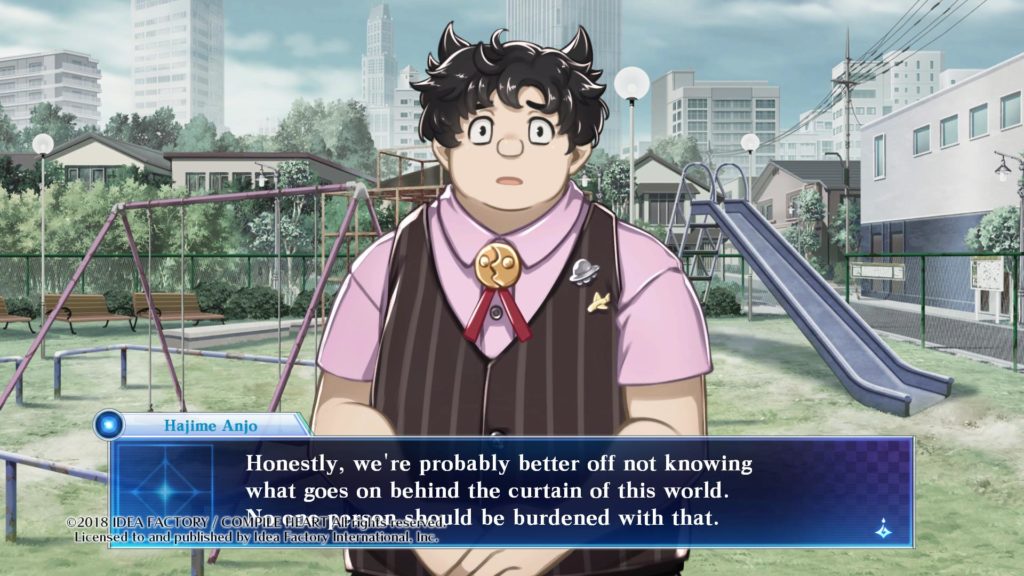
The game features two distinct components, both of which are necessary to engage with in order to progress through the story. Firstly, there’s the “isekai” component, which features an amnesiac character called Shina Ninomiya who is trapped in an increasingly glitchy video game she created; secondly, there’s a “real world” aspect in which male protagonist Arata Mizunashi has to try and figure out how to get Shina out of the virtual world. Along the way, he has a number of mysteries to solve, including cases of cyberterrorism — and surprising instances of seemingly paranormal phenomena disappearing from the real world and actually manifesting themselves inside Shina’s virtual world.
As the game progresses, the two worlds start to influence and intrude on one another more and more, until a chaotic finale where everything well and truly comes to a head. To say too much more would be to spoil the experience of discovery, so I’ll leave the discussion of the plot at that for now — save to say that it’s compelling, fascinating, well-written and filled with excellent characters.
Gameplay-wise, the two main components of Death End re;Quest are distinct from one another. Shina’s gameplay unfolds as you might expect for a Compile Heart title, with her able to wander around various polygonal areas, getting into fights, finding treasure and uncovering information. Mizunashi, meanwhile, plays with a largely menu-based interface similar to classic Japanese adventure games, allowing him to move between different locations, speak with characters and make choices that influence how things are going to progress… or not, as the case may be.
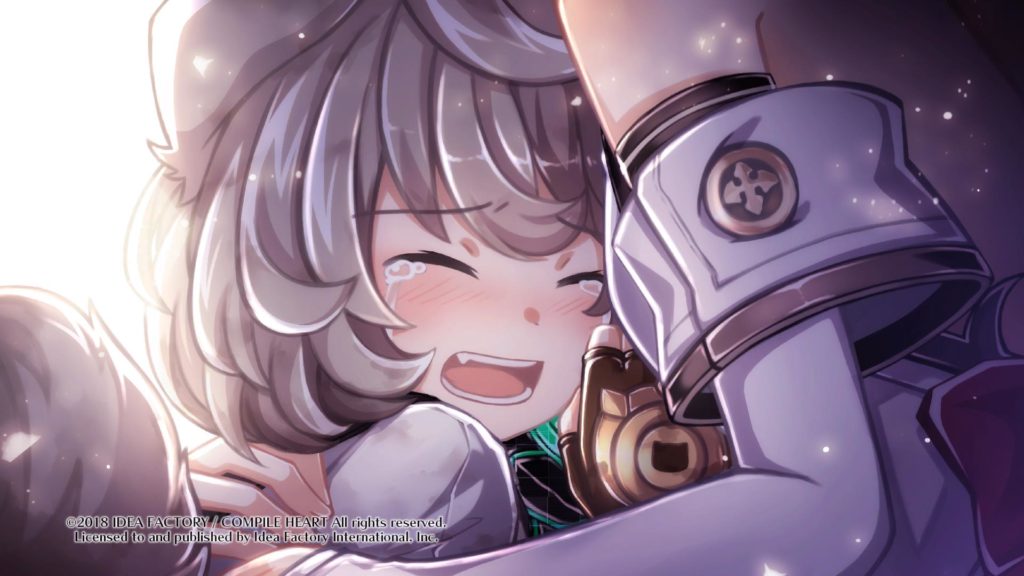
Yes, there are plenty of opportunities to reach a “Death End” in Death End re;Quest — and quite a few of them are fairly horrifying. And yet these aren’t necessarily something to be avoided; while reaching a Death End requires that you reload a save and try again, the game’s persistent system save data, separate from your individual saved games, acknowledges that you’ve seen that particular Death End — and even offers you rewards for having done so. In many cases, the rewards are equippable accessories for Shina’s part of the game that have some sort of thematic link to the Death End in question.
One of the most interesting, distinguishing features of Death End re;Quest comes in the form of its combat system. Initially appearing quite similar to the studio’s other titles with its turn-based nature, relative freedom of movement and area-effect attacks, it soon distinguishes itself with its major feature: knockback. Certain attacks and combos will cause an enemy to be sent flying, and it’s possible to bounce enemies off one another and the arena walls in order to deal additional damage and manipulate their formation. This is a consistent delight to use, and really adds a sense of dynamism to battles.
Alongside this, your freedom to move around during your turn is complemented by a variety of “field bugs” that litter the floor of the arena, representing the glitchy nature of the game. These always deal a bit of damage to the character who steps on them, but also restore the SP that powers their various moves. The interesting thing is that some of them actually also have positive effects up to and including temporary invincibility — but at the other end of the spectrum, some also have negative effects that immediately end your turn before you have a chance to perform any attacks.
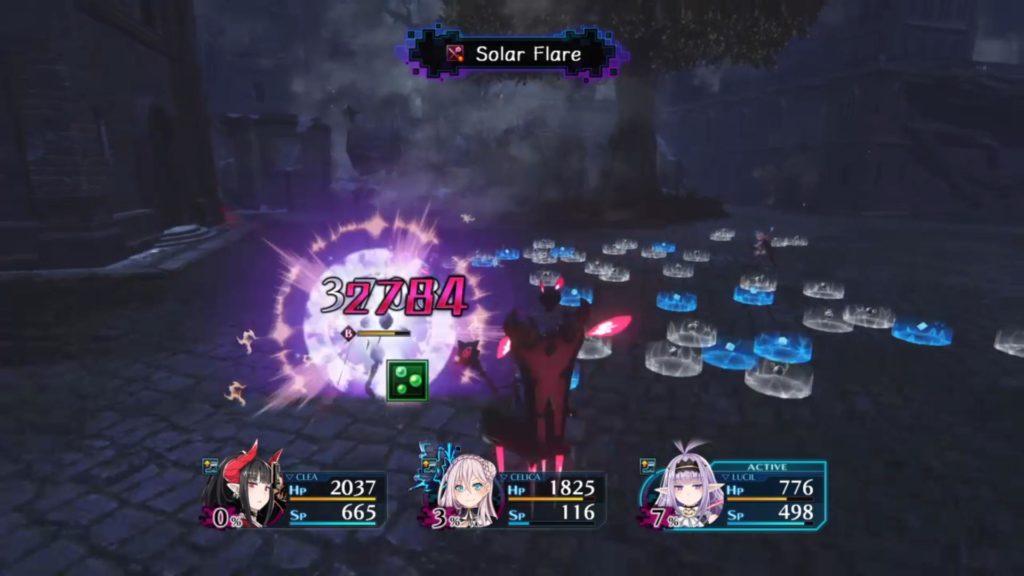
Stepping on bugs isn’t the only way to get rid of them, though; you can also use the knockback system to sweep them away by hurling enemies through them. Enemies take damage from field bugs but don’t trigger any of the positive or negative effects, so you can clean up the battlefield with gay abandon — and doing so is often desirable, since wiping out half of the bugs or more allows you to enlist the help of Mizunashi, hacking into the game from the outside, to perform various special functions.
Mizunashi can help out in three ways: he can manipulate the battlefield (including the nature of the field bugs in the arena) with his Code Jack ability; he can summon previously defeated bosses to draw the attention of enemies and confer passive bonuses on the whole party; and he can change the game’s genre.
Yes, that’s right; one of Death End re;Quest’s most delightful gimmicks is that what essentially amounts to the game’s special attacks are actually implemented as little minigames themed after a disparate variety of other, non-RPG game genres. You can blast enemies in a third-person shooter mode; bet your character’s hit points in a slot machine mode; attempt to manipulate an arrangement of coloured squares to your advantage in a puzzle mode; beat up your enemies in a side-on fighting game/beat ’em up style; knock enemies into black holes in the billiards mode; and jump on enemies’ heads Mario-style in the action game mode.
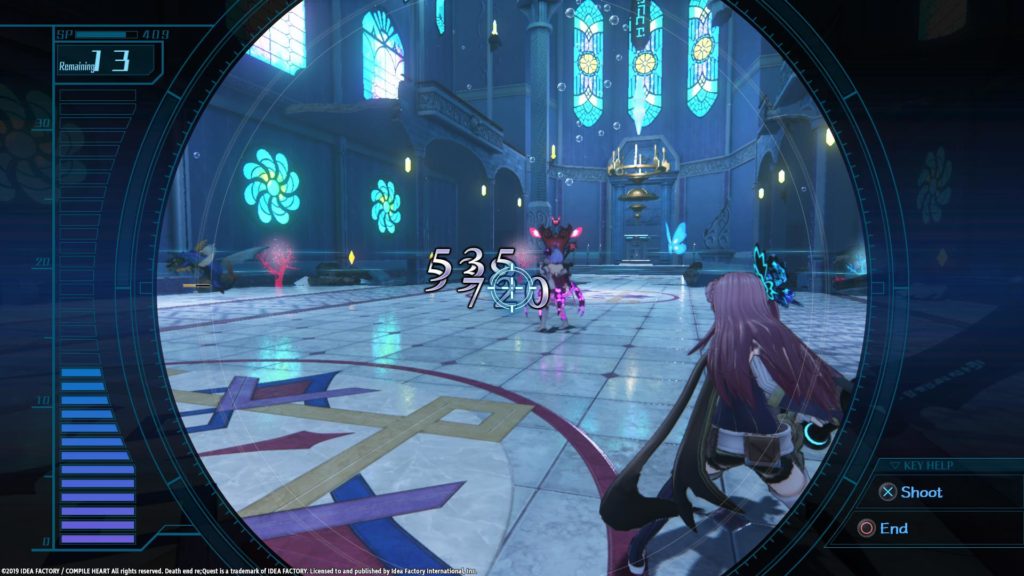
These are all delightfully entertaining, but they’re all useful in various circumstances, too. Puzzle and Billiards are useful for manipulating the arrangement of enemies on the battlefield, for example, while Shooting and Action are great for dealing heavy damage to a boss.
It’s also thematically appropriate: Mizunashi is supposedly hacking into the game that Shina is trapped in — plus he was part of the development team — so it stands to reason he’d be able to manipulate the code to such a degree that the style of gameplay would temporarily change. The thing about being trapped in a video game is that it’s still a video game — and thus it’s open to this sort of manipulation. That’s a side of things that is often forgotten by a surprising number of today’s isekai stories!
There’s a lot more to talk about when it comes to Death End re;Quest, but it should hopefully be clear by now that this is a solid RPG filled with interesting mechanics as well as a compelling story. It’s absolutely one of Compile Heart’s best games to date, demonstrating plenty of creativity and imagination — and it’s well worth playing if you’re yet to have the pleasure.
Now after saying all that, I guess I better make time for the sequel at some point, huh?
Death End re;Quest is available now for PlayStation 4, PC and Nintendo Switch. There’s a physical release of the PS4 version via Idea Factory International,
Join The Discussion
Rice Digital Discord
Rice Digital Twitter
Rice Digital Facebook
Or write us a letter for the Rice Digital Friday Letters Page by clicking here!
Disclosure: Some links in this article may be affiliate links, which means we may earn a small commission if you make a purchase after clicking on them. This is at no additional cost to you and helps support Rice Digital!
- Letter from the Editor: passing the torch - June 30, 2023
- Super Woden GP 2 is looking promising - June 30, 2023
- Inti Creates is making a 32 bit-style Love Live action platformer - June 26, 2023




